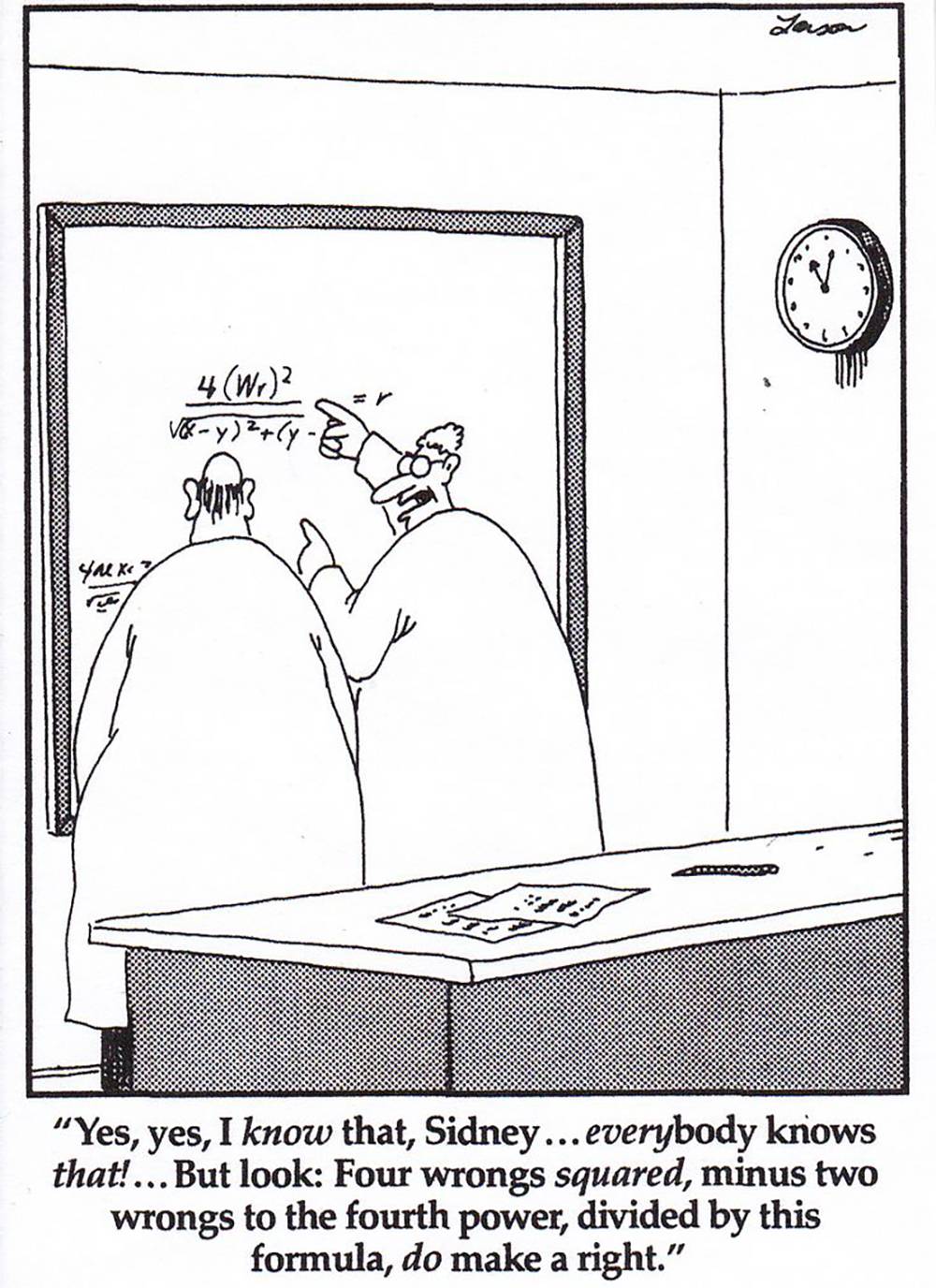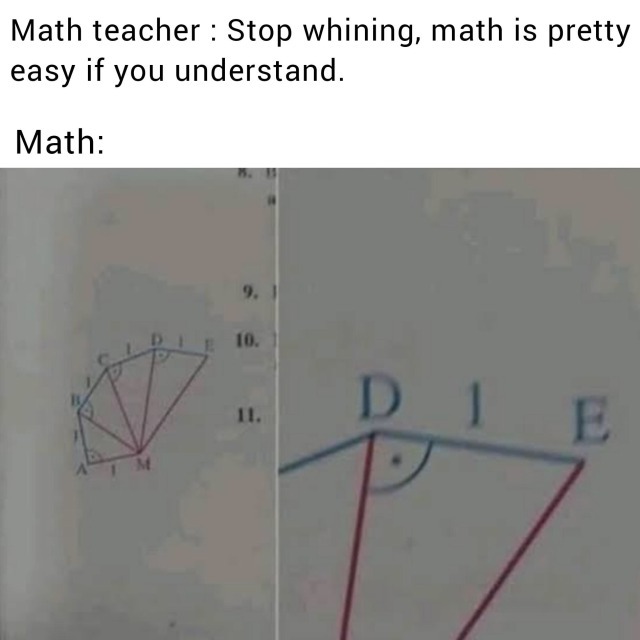Animal wrote: ↑Fri Aug 18, 2023 1:25 pm
Thinking about this some more, I think you would have to turn over (3 cards) every single card except the 3.
1. You have to turn over the "D" to make sure they followed the rule and put a 3 on the back.
2. You have to turn over the "K" to make sure that there is not a "D" on the other side, which would make it printed wrong.
3. You have to turn over the "7" to make sure that there is not a "D" on the other side.
But, it doesn't matter what is printed on the other side of the "3". If its a "D" then its printed right. If its any other letter, then it doesn't matter because there is no rule about that.
Close, but still not sparking that bud...
The rule says if a card has a D on one side, then it has a three on the other. So by logic, "if D, then 3." The converse statement, "if 3, then D" is not always true, if the positive is true. "If it is raining outside, you need an umbrella" may be true, but its converse "if you need an umbrella, it's raining outside" is not, as you might need an umbrella for other reasons. The inverse of "if D, then 3" is "if not D, then not 3" is also not always true. "If it is not training, you don't need an umbrella" is not true. On the contrapositive "if not 3, then not D" is true if "if D, then 3" is true. "If you don't need an umbrella, then it is not raining" is a true statement if the original statement is true.
So for "if D, then 3", the converse is "if 3, then D", the inverse is "if not D, then not 3", and the contrapositive is "if not 3, then not D".
That is by the statement of the original rule "if a card has a D on one face, it has a three on the other."
The converse says "if a card has a three on one face, it has a D on the other." -- not necessarily true.
The inverse says "if a card does not have a D on one face, then it does not have a 3 on the other." -- also not necessarily true.
The contrapositive says "if a card does not have a 3 on one face, it does not have a D on the other." -- this is necessarily true.
The cards are chosen to illustrate each kind of statement:
The D face is "if D, then 3" case. If we turn over the D and the other side is 3, the rule is satisfied. If the other side is not a three, the rule is broken and we have a bad set of cards.
The K face is the "if not D, then not 3" case. We turn over the K card and can find either a 3 or some other number, neither case breaks the original rule. So we don't need to turn over the K card.
The 3 face is the "if 3, then D" case. As above, we turn over the 3 card and can find either a D or some other letter, and again neither case breaks the original rule, and again we don't need to turn that card over.
The 7 card is the "if not 3, then not D" case. If we turn over the card and find a D, we've broken the original rule. But if we turn over the card and find some other letter, the original rule has not been broken. We have to turn over that card.
To summarize, of the four cards with D, K, 3, and 7 on the one face, we only have to turn over the D and 7 cards to see if the original rule has been broken for that set of cards. We do not have to turn over the K or 3 cards, their other face does not matter to proving the rule.
Using simple set theory might be easier for some to see these cases.


